Hi guys,
I was thinking of wat to built for my next project during the past few days, as my on going SU27 project is coming to the ending part.
I want to built something huge and different which i never flew before.
Anyway, I got inspired by Mr. Harald Huf on his very scale and really huge Turbine SU27. Therefore, I decided to build a up scale 150% F15 out of depron and balsa as my next project.
With the technology of the lipo and BL motors nowadays, I think that it should'nt be much a problem to power up this size of Jet by EDF.
Before I go any futher, here are the specs & electronics which I am planning to use on this Twin EDF Jet.
Length : 1.6m
Wingspan : 1.06m
Wingarea : 578sq.in
DF unit : 2 X Wemotec fan
Motor : 2X HET 2w20 (700watts)
ESC : 2 X 60 or 80A
Batt : 4 X 4s1800mah (20C)
Amp draw : Roughly around 45~50A (To be tested)
Watts : Roughly around 1300~1400watts
Landing gear : Micro air retracts
Lighting : Full navigation
Fully Glassed
This EDF Jet will finish out around 1.8~2kg depending on the electronics and batts that i had decided to put in end of the day.
So with such weight, I will only need around 600~700 watts of power output to fly this baby.
Due to the size of the fuselage and wings, I have to splice foams together on them when building.
Anyway, This is my first time building such a "Huge" EDF Jet, so I really appreciate builders who had experiences on building huge stuffs or jets to contribute their ideas and advices if you think something is wrong or missing as it goes along.
Well, I shall talk no more, here are some pictures of the Plan being pasted on deprons waiting to be cutted out and how the jet will looks like when finished.
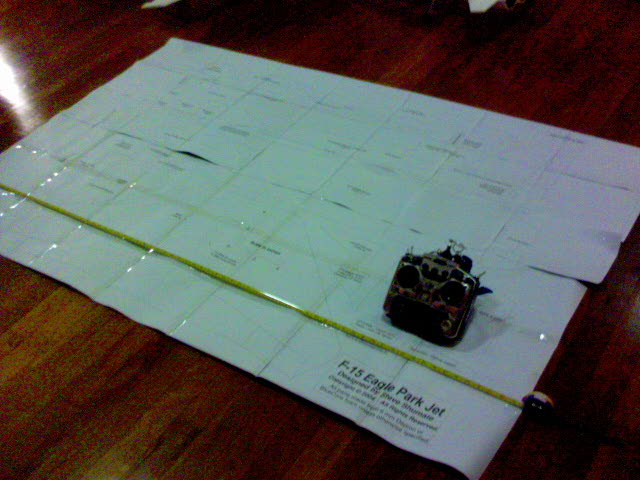
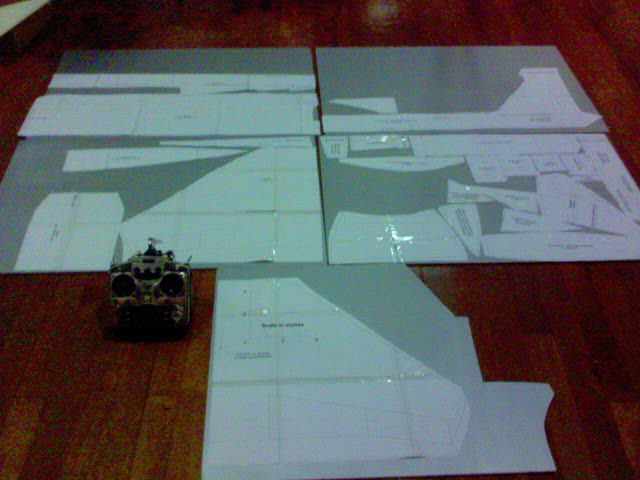
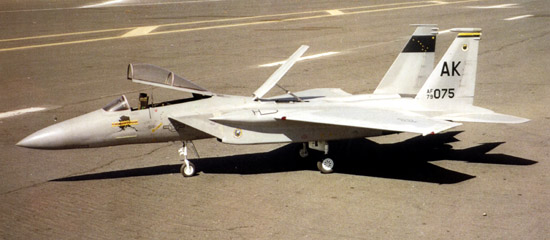
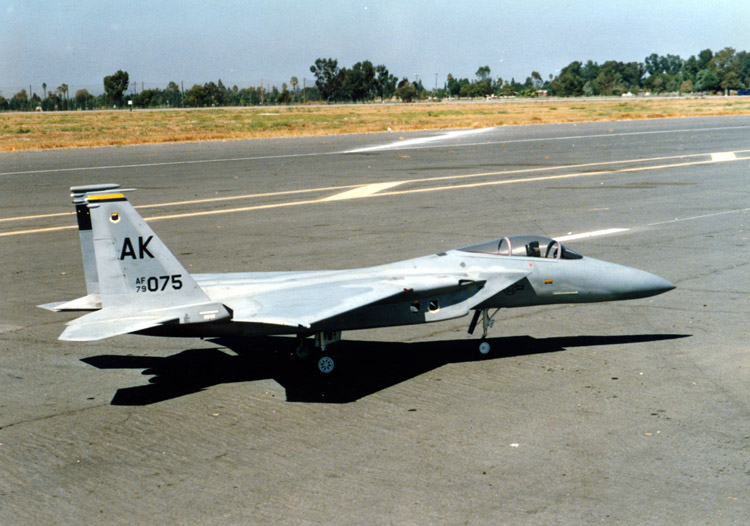
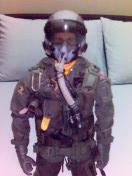
I was thinking of wat to built for my next project during the past few days, as my on going SU27 project is coming to the ending part.
I want to built something huge and different which i never flew before.
Anyway, I got inspired by Mr. Harald Huf on his very scale and really huge Turbine SU27. Therefore, I decided to build a up scale 150% F15 out of depron and balsa as my next project.
With the technology of the lipo and BL motors nowadays, I think that it should'nt be much a problem to power up this size of Jet by EDF.
Before I go any futher, here are the specs & electronics which I am planning to use on this Twin EDF Jet.
Length : 1.6m
Wingspan : 1.06m
Wingarea : 578sq.in
DF unit : 2 X Wemotec fan
Motor : 2X HET 2w20 (700watts)
ESC : 2 X 60 or 80A
Batt : 4 X 4s1800mah (20C)
Amp draw : Roughly around 45~50A (To be tested)
Watts : Roughly around 1300~1400watts
Landing gear : Micro air retracts
Lighting : Full navigation
Fully Glassed
This EDF Jet will finish out around 1.8~2kg depending on the electronics and batts that i had decided to put in end of the day.
So with such weight, I will only need around 600~700 watts of power output to fly this baby.

Due to the size of the fuselage and wings, I have to splice foams together on them when building.
Anyway, This is my first time building such a "Huge" EDF Jet, so I really appreciate builders who had experiences on building huge stuffs or jets to contribute their ideas and advices if you think something is wrong or missing as it goes along.
Well, I shall talk no more, here are some pictures of the Plan being pasted on deprons waiting to be cutted out and how the jet will looks like when finished.











 anyway, there is always a first time..
anyway, there is always a first time.. 

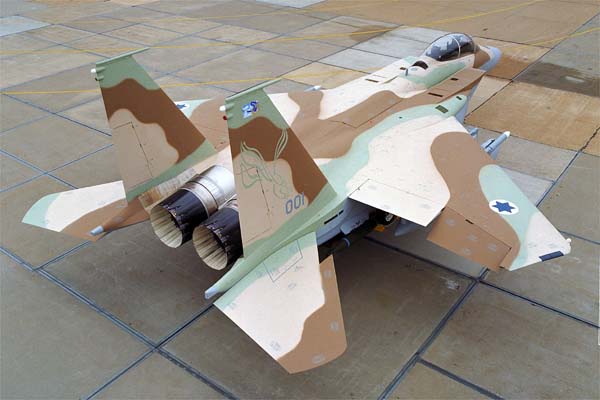
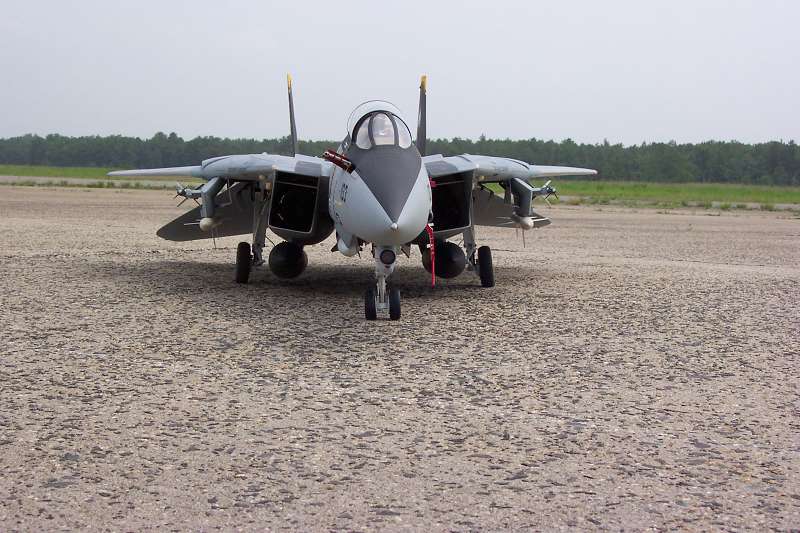
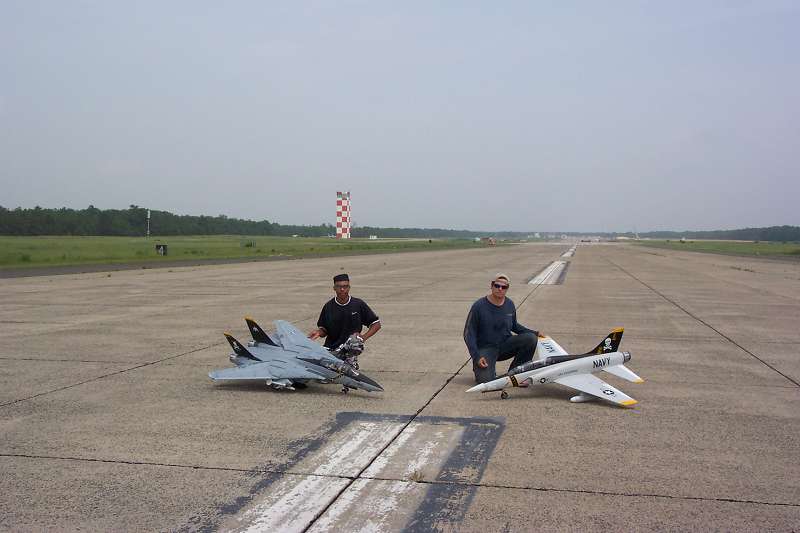
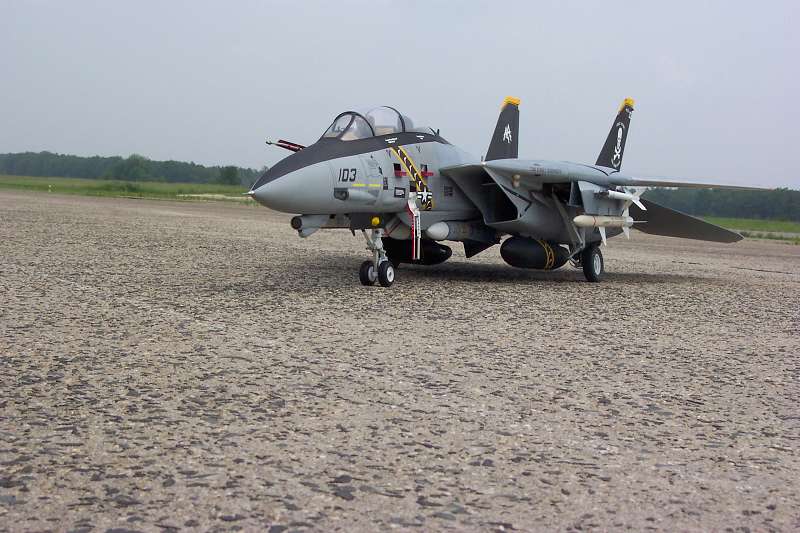

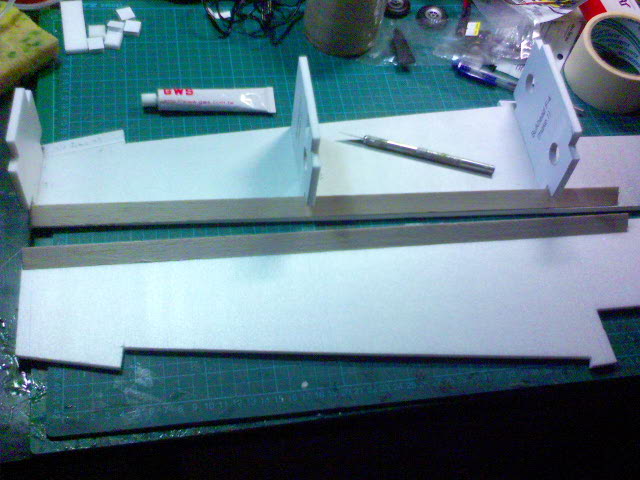
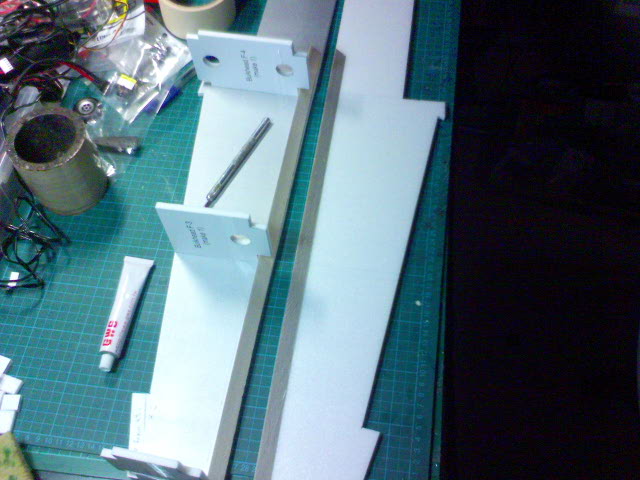
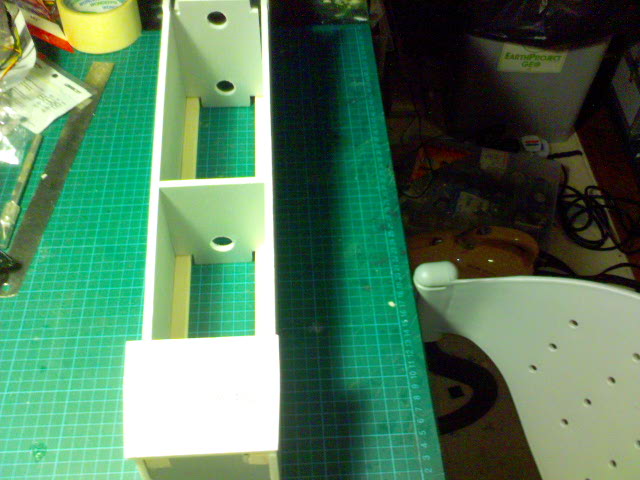
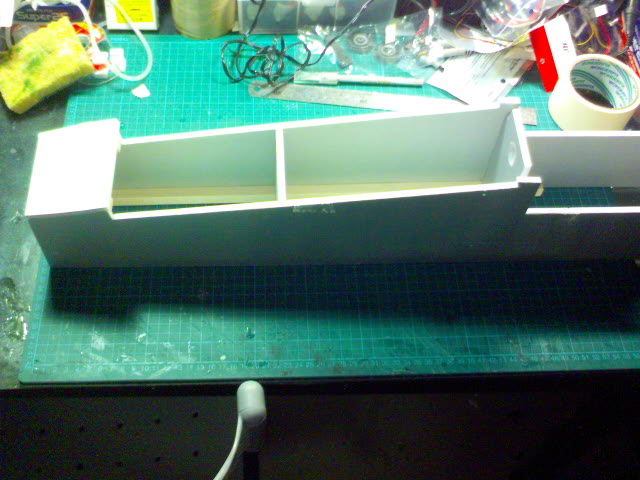
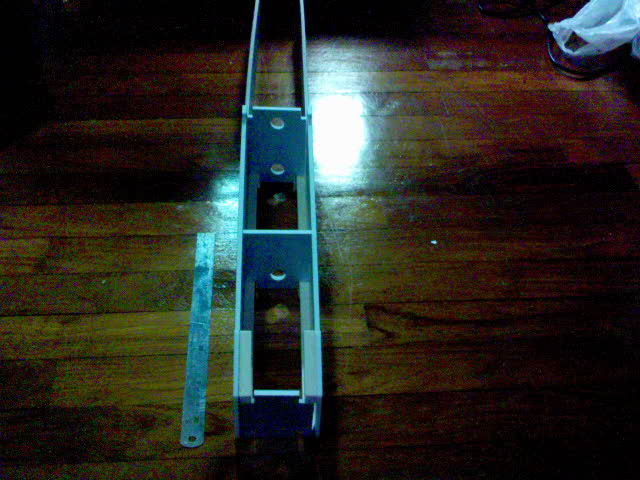
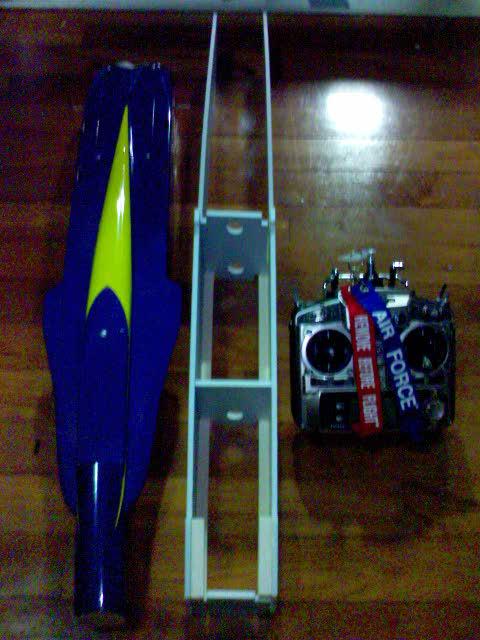
Comment